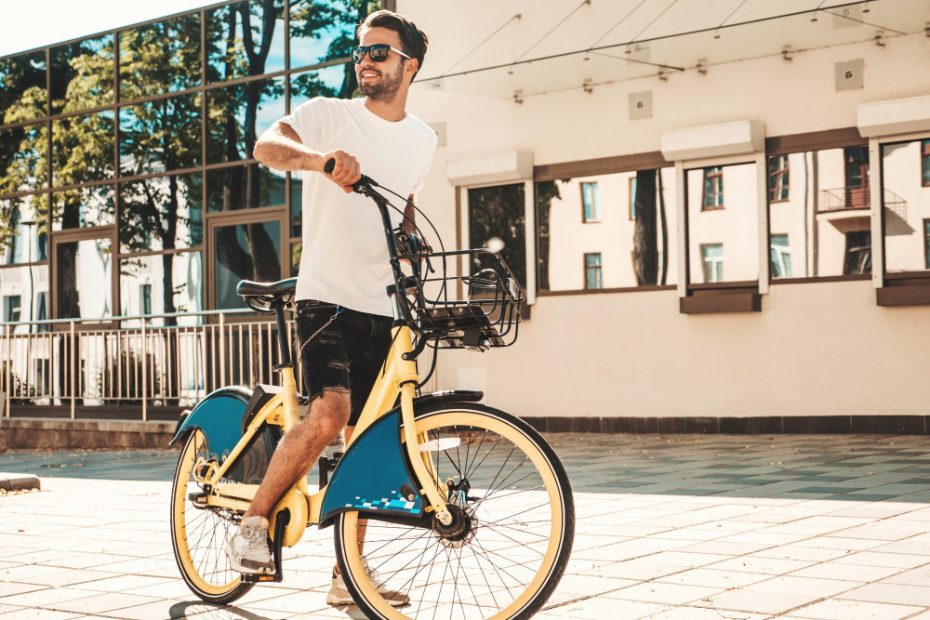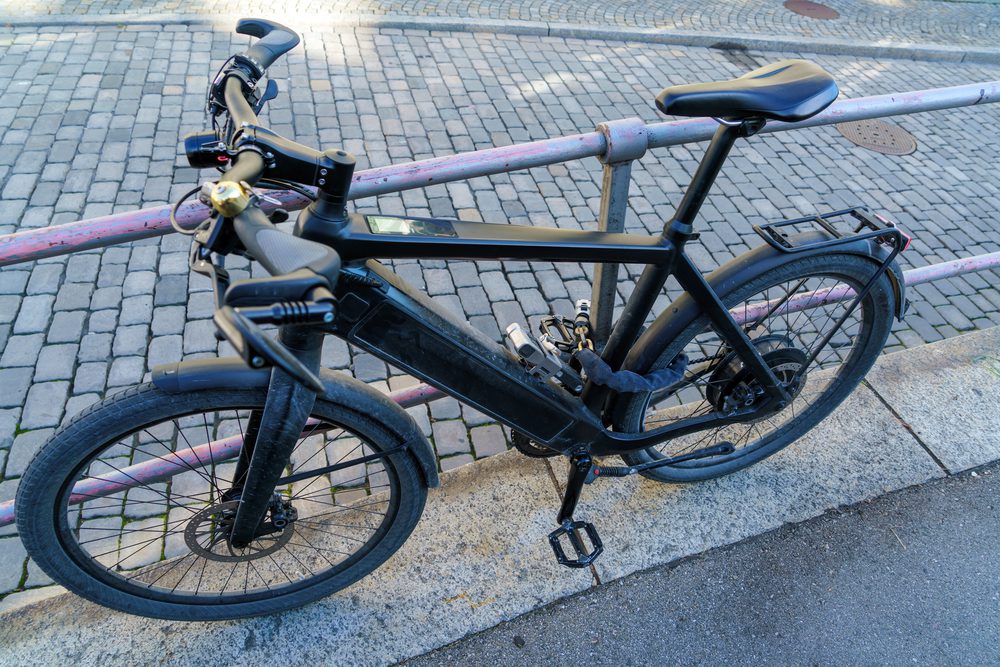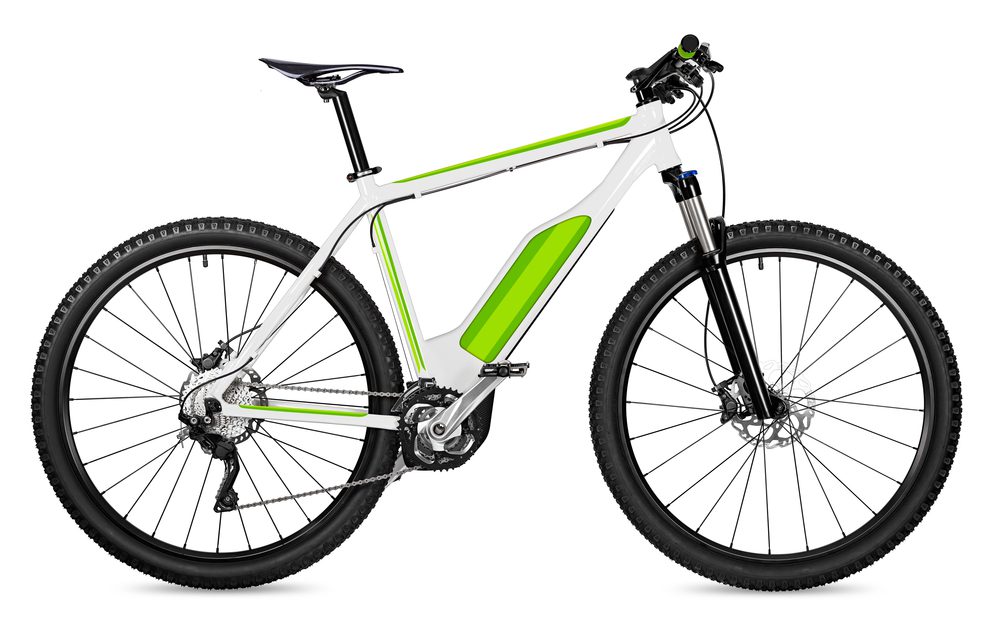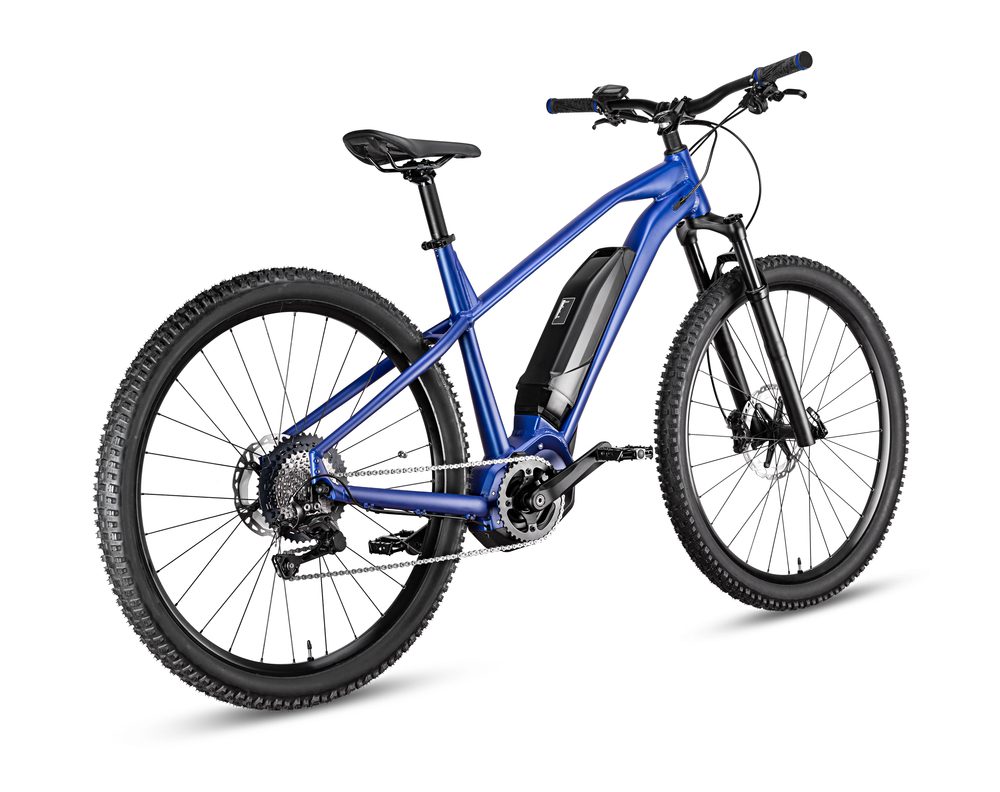Why do bikers hate ebikes?
The emergence of e-bikes
In recent years, there has been a surge in popularity of electric bikes, or e-bikes, across the UK. These bicycles are equipped with an electric motor that assists in propelling the rider forward, offering an alternative mode of transportation that is more environmentally friendly than traditional petrol-powered motorcycles or cars.
However, this rise in popularity has not been without controversy. Many cyclists and motorbike enthusiasts have expressed their disdain for e-bikes, leading to a heated debate on whether these electric-powered machines belong on the roads and bike lanes alongside traditional bicycles and motorcycles.
Traditional biking vs. e-biking
One of the main reasons why bikers may dislike e-bikes is the concern that they blur the line between traditional pedal-powered bicycles and motorized vehicles. Cyclists who rely solely on their own physical power argue that e-bikes provide an unfair advantage, as riders can reach higher speeds with less effort. This perception of “cheating” has led to resentment among some cyclists, who believe that e-bikes undermine the integrity of cycling as a sport or recreational activity.
Another issue that arises from the emergence of e-bikes is the potential clash between different types of road users. Traditional bikers, whether they ride road bikes or motorcycles, may feel that e-bikes disrupt the established hierarchy on the roads. E-bikes often travel at faster speeds than traditional bicycles but are not subject to the same regulations as motorized vehicles. This can lead to conflicts and safety concerns, especially in crowded urban areas or on cycling routes.
Environmental factors
While e-bikes are generally considered more environmentally friendly than cars or motorcycles due to their lower carbon emissions, some critics argue that their production and disposal processes have negative environmental impacts. The use of lithium-ion batteries in e-bikes raises concerns about the sourcing of rare earth minerals and the potential for toxic waste generated by battery disposal. These environmental concerns may contribute to the dislike some bikers have towards e-bikes.
Changing dynamics and perceptions
As e-bikes continue to gain popularity, it is important to recognize that not all bikers hate them. Some cycling enthusiasts welcome the advent of e-bikes, seeing them as a means to encourage more people to adopt two-wheeled transportation and reduce reliance on cars. E-bikes can provide an opportunity for those who may be less physically fit or have physical limitations to enjoy the benefits of cycling.
Ultimately, the animosity towards e-bikes from some bikers may stem from a fear of change and a resistance to new technologies disrupting the status quo. However, it is crucial for both traditional bikers and e-bike riders to coexist harmoniously on the roads, respecting one another’s rights and adhering to road safety regulations.
“E-bikes can bridge the gap between different modes of transportation, offering a greener alternative while still promoting physical activity.”
To foster a better understanding and acceptance of e-bikes, it may be beneficial to consider regulating their use further and establishing dedicated infrastructure, such as separate bike lanes or speed limits, specifically designed for e-bikes. Open dialogue and education about the benefits and limitations of e-bikes can help bridge the gap between these different biking communities and promote a more inclusive and sustainable transportation system.
In conclusion, the dislike some bikers have towards e-bikes may stem from concerns of fairness, clashes in road dynamics, environmental impacts, and resistance to change. While there are valid arguments on both sides of the debate, it is essential to emphasize the importance of respect, understanding, and cooperation among all road users to create a safer and more harmonious biking environment.
Why are e bikes limited to 15 mph UK?
In the UK, electric bikes (e-bikes) are limited to a maximum speed of 15 mph (24 km/h). This restriction, set by UK law, is in place for several reasons.
Road Safety
The main reason for limiting e-bikes to 15 mph is to ensure road safety. By keeping the speed limited, it helps to prevent accidents and collisions with other road users. E-bikes are often used by cyclists who may not have as much experience or training as regular motorcyclists. Limiting the speed helps to maintain a safe environment for all road users.
Classification as Bicycles
E-bikes are classified as bicycles rather than motorcycles or mopeds. By limiting their speed to 15 mph, they can continue to be classified as bicycles and benefit from the associated regulations and infrastructure. This means e-bike riders can use cycle lanes, paths, and other bicycle facilities, making it easier for them to navigate urban areas.
Battery Life and Range
Another reason for the speed limit is related to battery life and range. By capping the speed at 15 mph, e-bike manufacturers can optimize the battery and motor systems to provide longer distances on a single charge. Higher speeds require more power, which can reduce the overall range of the bike. The 15 mph limit strikes a balance between speed and battery efficiency.
Current Legislation
At present, the law requires e-bikes to have a pedal-assist system and limits the power output to 250 watts. These restrictions are part of an effort to ensure that e-bikes remain a viable and sustainable alternative to traditional bicycles and cars.
Quote:
“The speed limit on e-bikes in the UK helps to create a harmonious and safe environment for all road users, while also promoting sustainable transportation options.” – Department of Transportation
In summary, the 15 mph speed limit on e-bikes in the UK is in place to prioritize road safety and classify them as bicycles. It also allows for better battery efficiency and aligns with current legislation surrounding electric bikes. By adhering to these regulations, e-bike riders can enjoy the benefits of electric assistance while contributing to a more sustainable transportation future.
Why are ebikes legal on UK roads but scooters aren’t?
In the UK, electric bikes (ebikes) have gained popularity over the years as a convenient and eco-friendly form of transportation. However, it is important to note that not all types of motorized vehicles are legally allowed on UK roads. While ebikes are deemed legal, scooters are not. This raises the question: why the discrepancy in regulations?
Electric Bikes (Ebikes) in the UK
Ebikes are bicycles that are equipped with an electric motor, providing assistance to the rider’s pedaling. They are classified into two main categories: pedal-assist and throttle-assist ebikes. Pedal-assist ebikes require the rider to pedal for the motor to engage and provide assistance, while throttle-assist ebikes can be propelled solely by using the throttle.
The UK government has established specific regulations for ebikes which allow them to be used on public roads without requiring a license or insurance. To comply with these regulations, ebikes must meet certain criteria, such as having a maximum power output of 250 watts and a speed limited to 15.5mph (25km/h). Additionally, riders must be at least 14 years old to operate an ebike on public roads.
The Scooter Dilemma
On the other hand, electric scooters, also known as e-scooters, are not currently legal for use on UK roads. While they share some similarities with ebikes, such as being electrically powered, the classification and regulations surrounding scooters differ.
The primary reason for the differing regulations is the higher speeds and lack of pedals found on most scooters, making them more akin to motorcycles or mopeds rather than bicycles. As a result, e-scooters fall under the same category as these motorized vehicles and are subject to the same regulations, including the need for a license, insurance, tax, and a valid MOT certificate.
Public Safety Concerns
The issue of safety also plays a key role in the regulations surrounding ebikes and scooters. With their lower speeds and the requirement for riders to pedal, ebikes are generally considered less of a risk to other road users compared to scooters. Furthermore, the physical act of pedaling provides an added level of control and helps ensure that the rider is actively engaged in the operation of the vehicle.
“Electric scooters have the potential to reach higher speeds and are often ridden without proper training or experience, leading to concerns about accidents and collisions on UK roads.”
By maintaining stricter regulations on scooters, the UK government aims to prioritize public safety while still allowing for the use of electrically-assisted bicycles that adhere to specific criteria.
The Future of Scooters in the UK
While e-scooters remain illegal for road use in the UK, there have been trials and calls for change in certain regions. In recent years, pilot schemes have been introduced in select areas where rental e-scooters are allowed, subject to specific conditions. These trials aim to gather data and assess the feasibility of integrating e-scooters into the existing transportation system.
Whether or not the regulations surrounding scooters will change in the future remains uncertain. However, it is clear that the UK government’s primary concern is ensuring the safety of road users while still promoting sustainable and innovative forms of transportation, such as electric bikes.
What are the disadvantages of eBikes?
Ebikes have become increasingly popular in recent years, offering a convenient and eco-friendly means of transportation. However, there are some drawbacks to consider before hopping on the electric bicycle trend.
1. Limited Range
One of the main disadvantages of eBikes is their limited range. Depending on the model and battery capacity, the distance an eBike can travel on a single charge may be significantly shorter than a traditional bike’s range. This can be an issue for those who rely on their bikes for long commutes or extensive rides.
2. Price
Ebikes tend to be more expensive than regular bicycles. The addition of an electric motor and battery technology contributes to the higher cost. While the initial investment can be offset by potential savings on fuel or public transportation expenses, it is important to consider the upfront cost when comparing eBikes to traditional bikes.
3. Weight
Another disadvantage of eBikes is their increased weight due to the additional components. The electric motor and battery can add several kilograms to the overall weight of the bike, which can make it more challenging to transport or maneuver, especially when climbing hills or navigating tight spaces.
4. Maintenance
The maintenance requirements for eBikes are typically higher compared to regular bicycles. The motor and battery require regular check-ups and servicing to ensure optimal performance. Additionally, if any technical issues arise, it may be more complex and costly to repair an eBike compared to a traditional bike.
5. Dependence on Battery
Using an eBike means relying on the battery for assistance. If the battery runs out mid-ride, the bike can become significantly more challenging to pedal due to the added weight. Riders also need to consider the battery life and plan their journeys accordingly to avoid getting stranded without assistance.
6. Regulatory Restrictions
In some areas, eBikes are subject to regulatory restrictions. Speed limits, age restrictions, and requirements for wearing helmets may apply specifically to electric bicycles. It is important for riders to be aware of and comply with local regulations to avoid potential fines or legal issues.
7. Limited Exercise
While eBikes offer pedal-assisted riding, they still reduce the amount of effort required compared to traditional bikes. This can be seen as a disadvantage for those who enjoy cycling primarily for exercise purposes. Choosing an eBike may result in receiving less physical activity than what would be achieved on a regular bicycle.
8. Limited Availability of Charging Stations
Charging infrastructure for eBikes is not as widespread as fuel stations or public transportation stops. This can be problematic for long-distance riders who rely on charging stations to recharge their batteries during extended journeys.
In conclusion, eBikes have their advantages, but it’s important to consider the disadvantages before making a purchase. From limited range and higher costs to increased weight and maintenance requirements, there are several factors to weigh when deciding between an eBike and a traditional bicycle.



